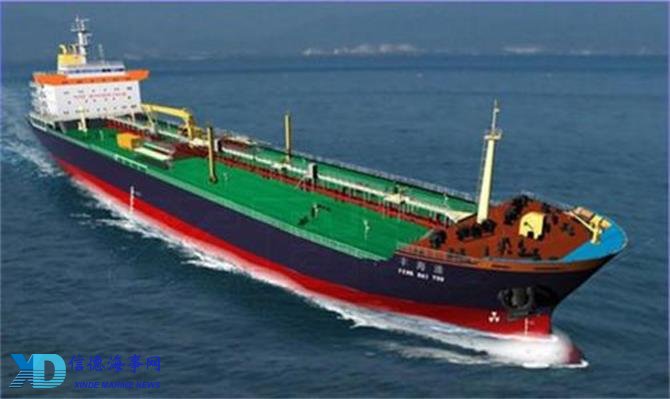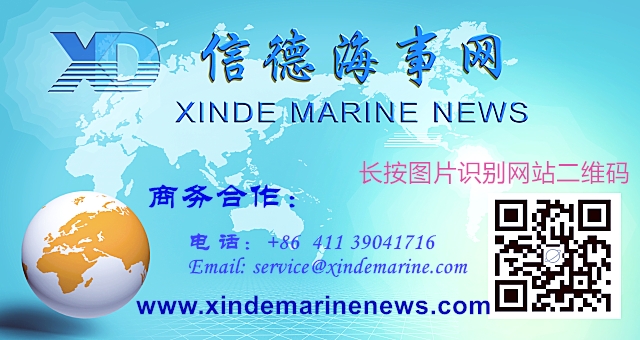Chinese Crude Imports: Upwards And Outwards

After China overtook the US as the world’s largest seaborne importer of crude oil in 2014, Chinese seaborne crude imports have continued to expand firmly, with imports in 2016 increasing by 16%.
Whilst 2017 is expected to be another strong year of growth, albeit slightly slower than 2016, changes to China’s crude import patterns are providing positive impetus to crude tonne-mile trade.
Tipping The Scales

In 2016, Chinese seaborne crude imports rose to 7.1m bpd, accounting for 18% of global crude trade and around 60% of the increase in global volumes. This strong growth was supported by the liberalisation of China’s oil market in mid-2015 which allowed ‘teapot’ refiners to import crude, as well as the continued filling of China’s SPR. Whilst China imports crude oil from over 40 countries, traditionally the majority has been sourced from the Middle East. This region supplied 52% of China’s seaborne crude imports in 2016 and accounted for the largest share of the increase in volumes of any region (26%), followed by Russia (22%). So far in 2017, Chinese seaborne crude imports have continued to expand firmly, by 12% y#o#y in January-August, to 7.9m bpd. Whilst this is a slightly slower pace than seen in 2016, there has also been a notable shift in the regions which have accounted for most of the growth.
Changing Diet
Due to the OPEC-led oil production cuts imposed at the start of 2017, tighter supply in the Middle East has encouraged China to diversify its crude sources this year. Whilst Chinese imports from the Middle East have increased marginally in the year to date to 3.7m bpd, the region’s share of total imports has fallen to 47%. Meanwhile, Chinese imports from Russia have also risen in the year to date (16% y#o#y), largely due to the preference of ‘teapot’ refiners for Russian oil over other grades. However, Russian seaborne exports to China have only accounted for 10% of overall growth in Chinese imports – a much smaller share than in 2016.
A Varied Palate

Instead, China has sourced more crude from further afield this year, notably from Atlantic suppliers. Imports from West Africa and Brazil have already increased by more in the year to date (0.35m bpd) than in full year 2016 (0.24m bpd). Meanwhile, imports from the US have accounted for 13% of the growth in Chinese seaborne crude imports (though just 2% of the total volume). As a result, while growth in total Chinese seaborne crude imports in terms of bpd has slowed slightly, from 16% in 2016 to 12% y-o-y so far this year, growth in estimated Chinese tonne-mile imports has actually picked up, from 15% in 2016 to 17% y#o#y in the year to date. Interestingly, while West Africa has supplied the greatest additional volume of crude this year, the US has driven the largest share (over 20%) of crude tonne-mile import growth.
So, while growth in Chinese crude import volumes has slowed slightly this year, the diversification of China’s crude supply has provided support to tonne-mile trade. With China expected to account for the vast majority of the expansion in global crude tonne-mile trade this year, it’s clear that China’s growing appetite for long-haul crude is enabling crude tanker tonnage demand to gain further weight.
投稿或联系信德海事:
admin@xindemarine.com




